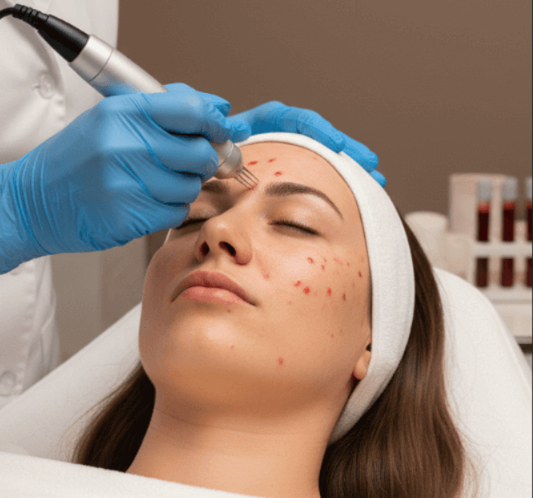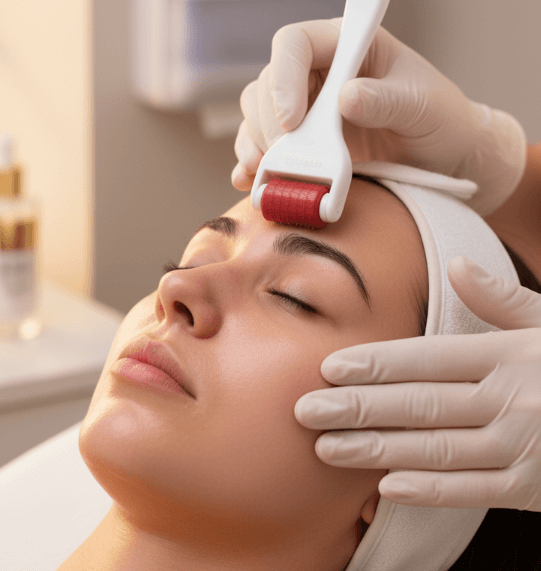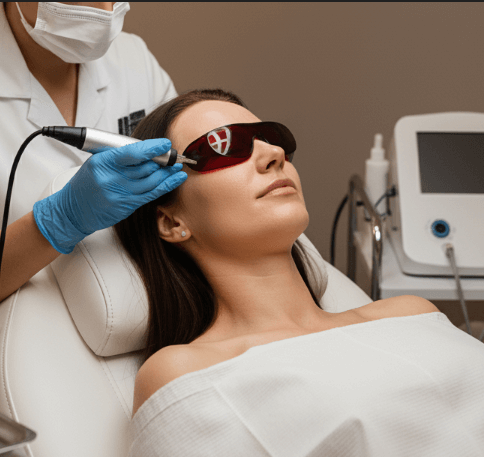SMILE (Small Incision Lenticule Extraction) eye surgery is a popular refractive procedure among medical tourists due to its quick recovery time, minimal invasiveness, and high success rate. However, if you’re planning to fly after surgery, it’s important to understand the timing, risks, and precautions to ensure a safe and comfortable journey.
Below is everything you need to know about air travel after undergoing SMILE surgery abroad.
✈️ Is It Safe to Fly After SMILE Eye Surgery?
Yes, you can fly after SMILE eye surgery, but not immediately. While SMILE doesn’t involve the creation of a corneal flap like LASIK, your eyes still need time to begin healing before being exposed to dry cabin air and altitude changes.
Most ophthalmologists recommend waiting at least 3–5 days before boarding a plane.
📅 Recommended Timeline for Flying After SMILE
| Time Since Surgery | Travel Status |
|---|---|
| Day 0 (Surgery Day) | Do not travel; rest and avoid all exertion |
| Day 1–2 | Attend follow-up; short local travel only |
| Day 3–4 | May be safe to fly short distances, pending doctor’s approval |
| Day 5–7 | Most international patients are cleared to fly |
Always follow your surgeon’s individual recommendation, especially if you have pre-existing medical or eye conditions.
🧠 Why Waiting a Few Days Matters
Flying too soon after SMILE surgery may increase risks such as:
- Dry eyes due to low cabin humidity
- Eye strain from bright lights, screen use, or pressure changes
- Exposure to germs that may affect healing if your immune system is compromised post-op
- Inability to access emergency care mid-flight in the rare event of a complication
These can all hinder recovery and compromise your results.
🧴 Essential In-Flight Eye Care Tips
If you’re flying after being cleared by your doctor, follow these steps to minimize discomfort and protect your eyes:
🔹 1. Use Preservative-Free Artificial Tears
- Pack single-use vials and use them every hour in flight
- Helps prevent dehydration and irritation
🔹 2. Wear UV-Protective Sunglasses
- Cabin lighting or sunlight through the window may cause light sensitivity
- Sunglasses also help prevent you from touching or rubbing your eyes
🔹 3. Avoid Sleeping Face-Down
- Bring a neck pillow to support an upright position
- Prevents unintentional eye pressure during sleep
🔹 4. Practice Good Hygiene
- Clean hands before touching your face or applying drops
- Use hand sanitizer or antibacterial wipes if water isn’t available
🔹 5. Stay Hydrated
- Drink plenty of water during your flight
- Avoid alcohol or caffeine, which can worsen dry eyes
🎒 What to Pack in Your Carry-On
Here’s a checklist of what to bring for post-surgery air travel:
| Item | Purpose |
|---|---|
| Artificial tears (preservative-free) | Hydration and comfort |
| Sunglasses (preferably polarized) | Light sensitivity and UV protection |
| Eye shield or goggles | Protection during naps or in crowded areas |
| Copies of your surgical report | In case of emergency at your destination |
| Pain relievers (if approved) | For mild discomfort during flight |
| Medications or eye drops | Prescribed antibiotics or anti-inflammatory drops |
🌍 Special Travel Considerations for Tourists
If you’re traveling internationally for SMILE surgery, consider these extra tips:
✅ 1. Stay Close to the Clinic for 5–7 Days
- In case follow-up care or adjustments are needed
- Allows your doctor to monitor your recovery before you fly
✅ 2. Choose Flexible Return Flights
- Give yourself room to delay travel if healing takes longer than expected
✅ 3. Research Eye Care Access at Your Destination
- Know where the nearest ophthalmologist is at your home or next travel stop
✅ 4. Use a Medical Alert Card or App
- List recent surgery and current medications in case of emergencies
❌ Flying Red Flags: When to Postpone Travel
Do not fly if you experience any of the following:
- Persistent or worsening eye pain
- Blurred or double vision that hasn’t improved by Day 3
- Signs of infection (discharge, redness, swelling)
- Pressure sensation in the eye or severe headaches
Always report these to your surgeon immediately before traveling.
✅ Summary: Flying After SMILE Eye Surgery
| Factor | Recommendation |
|---|---|
| Earliest safe travel time | Day 3–5, with medical clearance |
| In-flight precautions | Use eye drops, sunglasses, stay hydrated |
| Long-haul flight strategy | Book window seat, wear eye protection, rest |
| Must-have items | Sunglasses, drops, travel pillow, records |
| Medical backup | Know emergency contacts and follow-up plan |
👁 Final Thoughts
Flying after SMILE surgery is perfectly feasible—but timing and preparation are key. By giving your eyes a few days to heal and taking the right in-flight precautions, you can travel safely and comfortably after your vision correction procedure.
Whether you’re returning home or continuing your adventure, smart travel habits help protect your investment in better vision.




